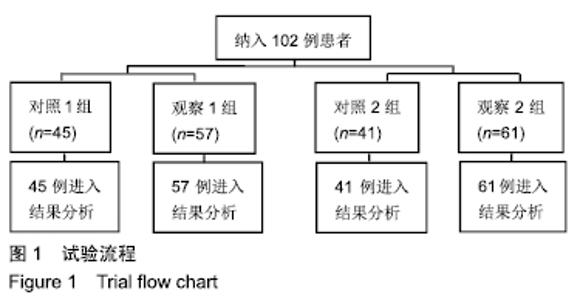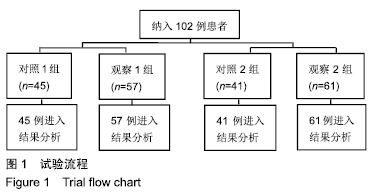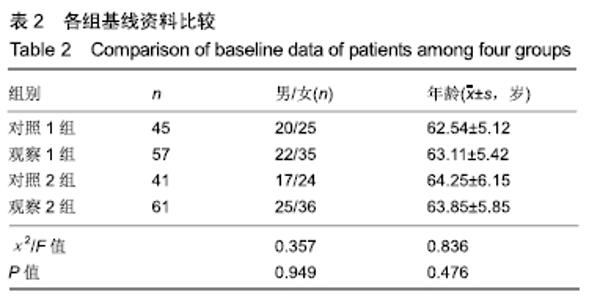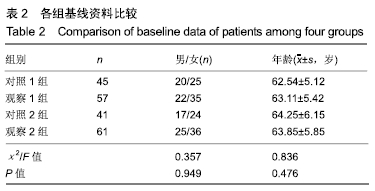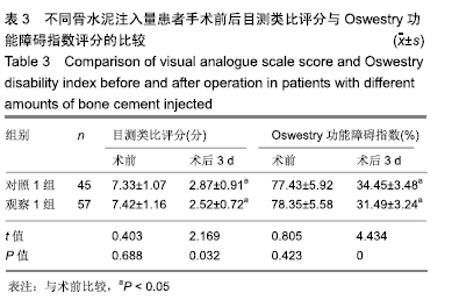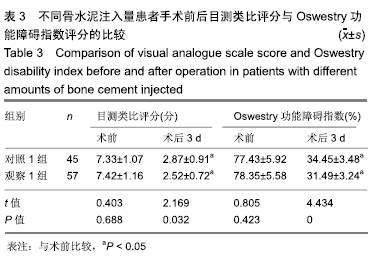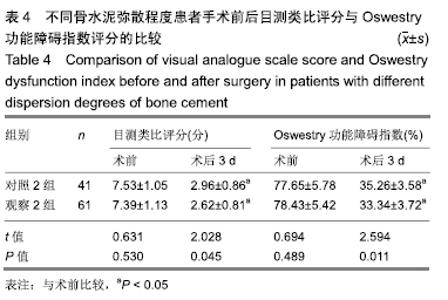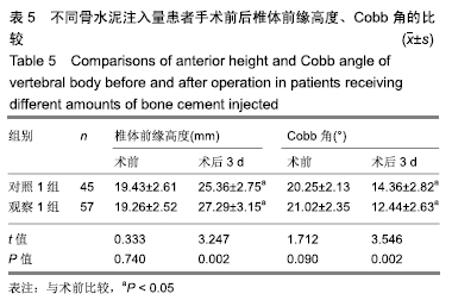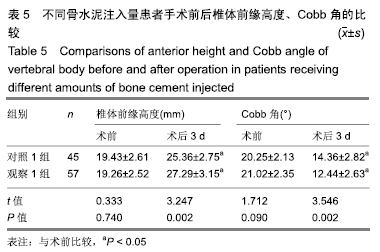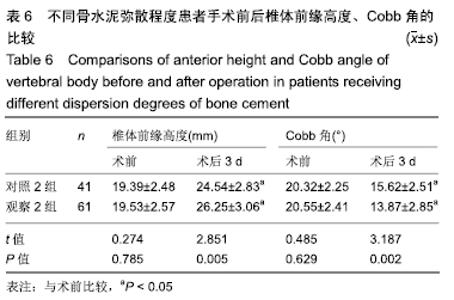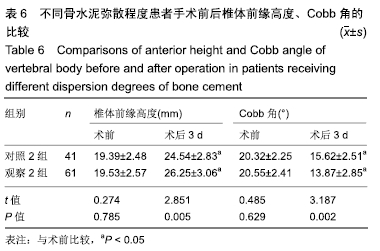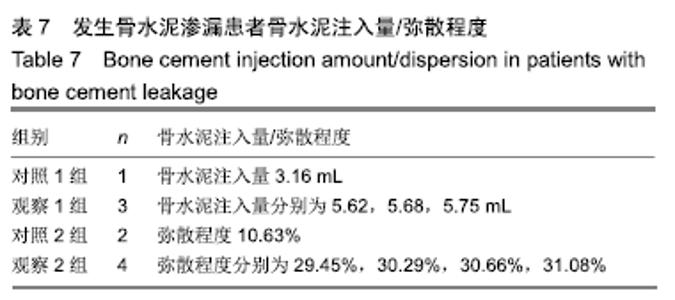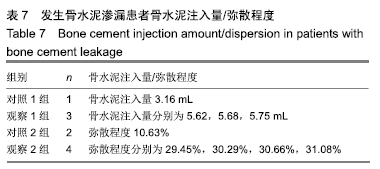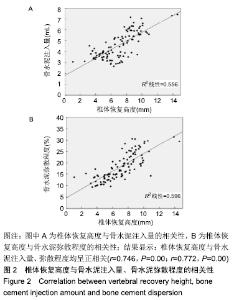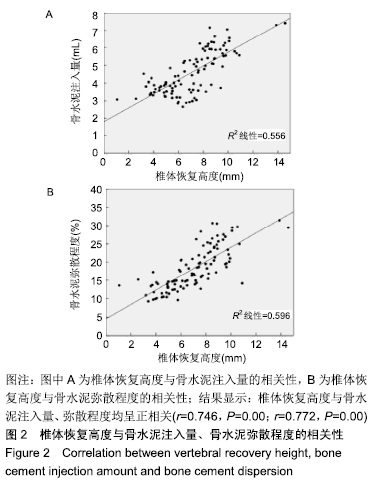[1] WRIGHT NC, LOOKER AC, SAAG KG, et al.The recent prevalence of osteoporosis and low bone mass in the United States based on bone mineral density at the femoral neck or lumbar spine.J Bone Miner Res.2014;29(11):2520-2526.
[2] LIU T, LI Z, SU Q, et al.Cement leakage in osteoporotic vertebral compression fractures with cortical defect using high-viscosity bone cement during unilateral percutaneous kyphoplasty surgery. Medicine,2017;96(25):e7216.
[3] ZHAO G, LIU X, LI F.Balloon kyphoplasty versus percutaneous vertebroplasty for treatment of osteoporotic vertebral compression fractures (OVCFs). Osteoporosis Int.2016;27(9):2823-2834.
[4] GUO SM, LUO WJ, HUANG YM, et al.Percutaneous vertebroplasty and percutaneous balloon kyphoplasty for osteoporotic vertebral compression fracture: A metaanalysis. Indian J Orthop. 2015;49(4):377-387.
[5] ZHAO YS, QIANG LI, QIANG LI, et al.Effect of different bone cement dispersion types in the treatment of osteoporotic vertebral compression fracture.Zhongguo Gu Shang.2017;30(5):446-452.
[6] 张智海,刘忠厚,李娜.中国人骨质疏松症诊断标准专家共识(第三稿•2014版)[J].中国骨质疏松杂志,2014,20(9):1007-1010.
[7] CHEN LX, LI YL, NING GZ, et al.Comparative Efficacy and Tolerability of Three Treatments in Old People with Osteoporotic Vertebral Compression Fracture: A Network Meta-Analysis and Systematic Review. Plos One.2015;10(4):e0123153-e0123170.
[8] LIANG D, YE LQ, JIANG XB, et al.Biomechanical effects of cement distribution in the fractured area on osteoporotic vertebral compression fractures: a three-dimensional finite element analysis. J Surg Res.2015;195(1):246-256.
[9] 刘佰易,殷翔,刘瑶瑶,等.经皮椎体成形术联合高粘度骨水泥治疗重度骨质疏松性椎体压缩骨折中的疗效[J].中华创伤杂志, 2016,32(9): 794-798.
[10] 张子玉,曹立新,范桂红,等.PKP不同剂量骨水泥注入治疗骨质疏松性脊柱压缩性骨折首发病例的疗效[J].中国老年学杂志,2015, 35(10): 2757-2758.
[11] 王振斌,涂来勇,卡哈尔•艾肯木,等.椎体骨折线内骨水泥弥散情况在经皮椎体成形中的作用[J].中国组织工程研究, 2015,19(21):3281-3286.
[12] 龙淼.骨水泥弥散范围对单侧穿刺PVP术治疗骨质疏松性椎体压缩性骨折疗效的影响[J].颈腰痛杂志,2017,38(4):364-367.
[13] 秦洪梅.不同注入量的高黏度骨水泥PVP技术治疗骨质疏松性胸腰椎压缩骨折疗效观察[J].颈腰痛杂志,2018,39(4):500-502.
[14] 陈诚,张继云,浩洁,等.高黏度骨水泥弥散程度对老年女性骨质疏松椎体压缩性骨折治疗效果的影响[J].中国组织工程研究, 2019, 23(6):827-832.
[15] 邹向南.高粘度骨水泥椎体成形术治疗骨质疏松性椎体压缩骨折的椎体高度恢复情况及相关影响因素[J].中国脊柱脊髓杂志, 2017, 27(11):991-996.
|
